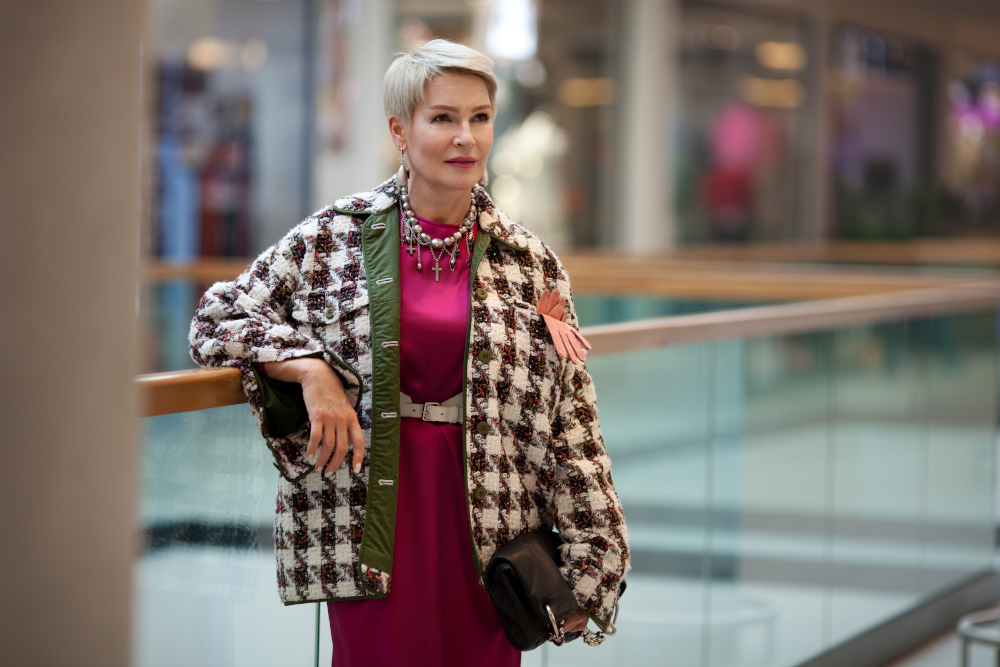When it comes to fashion, trends move quickly, and it can be difficult to keep up with the latest looks. Often, it can feel like you’re constantly having to update your wardrobe to ensure you’re wearing the latest colours and shapes and ultimately, to stay relevant – so it’s perhaps unsurprising that fast fashion has become so popular over recent years.
But in the luxury world, it’s all about quality – not quantity – which means investing in key pieces that are designed to stand the test of time. And, as our understanding of the ways in which fast fashion is damaging the world reaches new levels and we become more and more conscious of the advantages of sustainable slow fashion in its place, could 2023 be the year we finally dispose of fast fashion for good?
The rise of slow fashion
With the ever-growing climate concerns and interruptions to mass production due to Coronavirus, fast fashion does, indeed, appear to be on its way out, replaced instead by more ethical ‘slow fashion’ that is centred around timeless looks that will last a lifetime and quality pieces that will never fall out of favour.

Slow fashion is an approach that takes each element of clothing production into consideration, with designers and manufacturers opting for more ethically and planet-friendly methods. Alongside this, it’s also about making a conscious decision to use better and longer-lasting materials so that individuals can build a wardrobe for life, rather than just for a season.
With 73 per cent of Gen Z consumers now taking a more thoughtful approach to their fashion spending, the shift from fast to slow fashion is occurring rapidly. In 2023, more consumers are actively seeking out garments and accessories they can wear with confidence, knowing that the people and processes involved in bringing them to market have been carefully considered and knowing that the pieces they do choose to buy are a long-term investment.
How slow fashion is impacting the luxury sphere
The marriage between slow fashion and luxury brands has been a gradual one, and while consumers continue to look to luxury brands to provide them with guidance on their style choices, they are now doing so in a more considered way – which means the brands themselves have had to adapt quickly in order to keep them interested.
While, in the recent past, many high-end brands struggled to find a way to address climate concerns and simultaneously make their garments more appealing to consumers who enjoyed extravagance and exclusivity, it seems that we have finally found a balance – and the iconic fashion houses we know and love are now paving the way for a new era of sustainable luxury fashion.

As well as many leading luxury brands pivoting to become some of the most environmentally friendly options on the market through changing their business approaches to working with slow fashion designers, there has also been a flurry of new high-end brands that have put an emphasis on sustainability right from the off. As a result, there is now a myriad of ethically focused options for the discerning consumer to choose from, which has been, in no small part, due to surging consumer demand.
As the demand for slow fashion increases, so too do the options for mass production, making fast fashion cheaper than ever before – but despite the fact that fast fashion is more accessible, 92 per cent of consumers over 55 now say they would opt for more expensive garments that had been made with slow fashion values in mind. Not only does this demonstrate the fact that our attitudes to fashion are changing permanently, but also that consumers are far savvier about where they buy their clothes from and how they want them to have been produced.
This year, it’s not about buying more, but about buying less, and buying better – and leaving the damaging practices associated with fast fashion well and truly behind us.






















